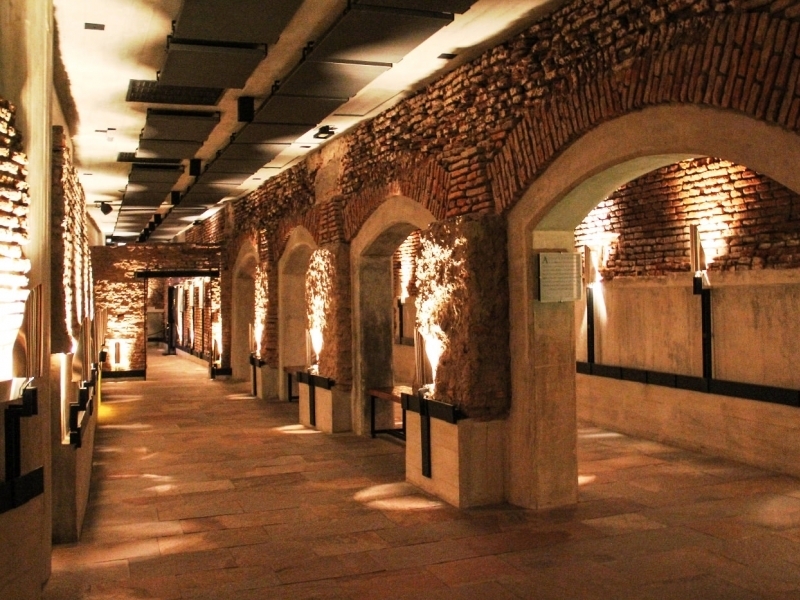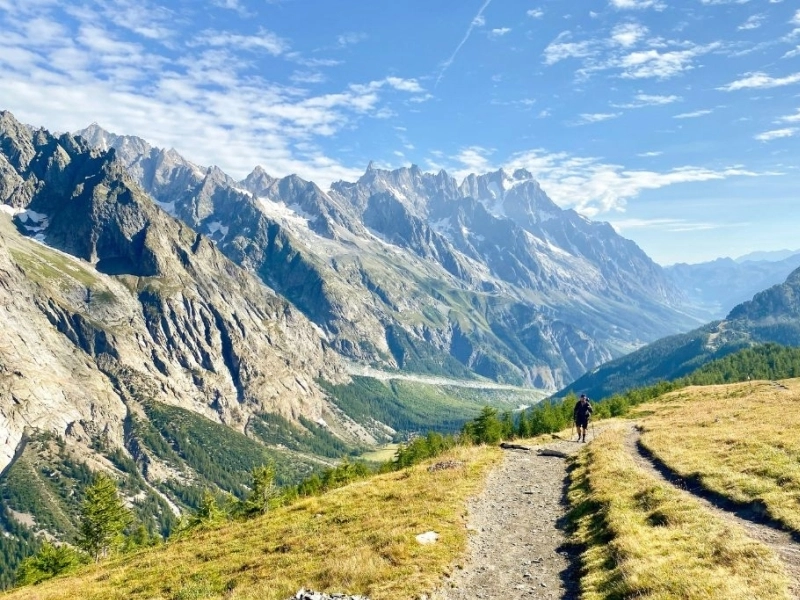News and Testimonials
HISTORY HIDDEN BENEATH THE SURFACE IN BUENOS AIRES
Underneath Buenos Aires, remnants of an even older city remain. Visitors can venture underground to visit the ruins and see the capital from an archaeological perspective.
The city of Buenos Aires is full of history. Just by traveling to the Plaza de Mayo, the capital city’s main square, you can see buildings that date to colonial times, such as the Buenos Aires Cabildo, built by order of the Spanish crown in 1751.
But to know more about the city’s roots, you have to go underground – literally – and explore the Buenos Aires beneath Buenos Aires.
Begin your exploration with an archaeological visit to the sites found under the city at Zanjón de Granados, a private museum near the Río Darsena Sur, where you can walk around a series of renovated tunnels and sewers dating back to the 1730s. Here you will find remnants of an earlier time, including an old riverbed that was sectioned off around 1780 by the families that lived there. You will also find a well, a reservoir, and even the remnants of a house from 1732.
The tunnel was discovered by chance in 1985. The current owner of the museum had bought the property in ruins with the intention of opening a business, but during renovations the floor collapsed and the remains of ancient buildings were discovered, says Enrique Salmoiraghi, museologist at Zanjón de Granados.
The tunnel, where the Tercero del Sur, a river, once flowed, was built by the city’s residents to keep the river water at bay, as waste from a slaughterhouse flowed through the channel.
Upon seeing that the type of construction varied throughout the tunnel, museum researchers came to the conclusion that the tunnel had been built in sections by different people.
“It’s amazing that this is preserved in Buenos Aires,” says Silvia Soave, an Argentinian tourist. “It’s the first time that I visit such ancient tunnels, everything is very well restored.”
The ancient Zanjón tunnels aren’t the only ones running beneath the city. There are also the Jesuit tunnels, Manzana de las Luces, or Blocks of Light, built around the same time as the Zanjón tunnels. Manzana de las Luces tunnels were used to connect important points in the city, such as the port, hospitals, fort and church




